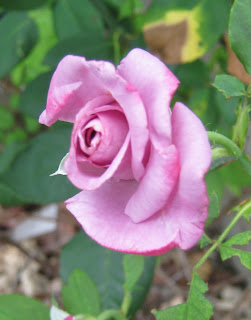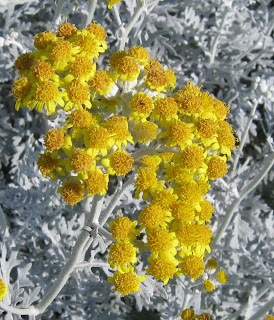
Sunday, May 30, 2010
Tuesday, May 25, 2010
Monday, May 24, 2010
The Hibiscus are beautiful out front at Hurst TX Senior Center
At the top of the picture showing the staminal column notice how there are several recurved, red things looking So, if you find a flower with this particular arrangement of flower parts -- a staminal tube surrounding a long, slender style that's split into slender, spreading branches at the top -- you'll know you have an hibiscus flower! However, remember that plant breeders are always striving for bigger, more spectacular blossoms. Consider the following: In this blossom of the Rose-of-China, Hibiscus rosa-sinensis, several stamens on the staminal column have developed into petals or "half-petal, half-stamen" appendages. Converting stamens to flashy petals is a trick plant breeders often employ to make blossoms gaudier. The same trick is used among roses -- wild roses have only five petals but you know that garden roses usually have more, thanks to this trick -- as well as buttercups, camellias and others. You can see a "half-petal, half-stamen" at the bottom of our Rose Page. Hibiscus flowers are among the prettiest, most interesting and easy-to-identify of all the Earth's blossoms. |

She LIKES the CRUTCH
Eight-ball, sometimes called stripes and solids and, more rarely, bigs and littles or highs and lows, is a pool game popular in much of the world, and the subject of international amateur and professional competition. Played on a pool table with six pockets, the game is so universally known in some countries that beginners are often unaware of other pool games and believe the word "pool" itself refers to eight-ball. The game has numerous variations, including Alabama eight-ball, crazy eight, English eight-ball pool, last pocket, misery, Missouri, 1 and 15 in the sides, rotation eight ball, soft eight, and others. Standard eight-ball is the second most competitive professional pool game, after nine-ball and for the last several decades ahead of straight pool.
Eight-ball is played with sixteen balls: a cue ball, and fifteen object balls consisting of seven striped balls, seven solid balls and the black 8 ball. After the balls are scattered on a break shot, the players are assigned either the group of solid balls or the stripes once a ball from a particular group is legally pocketed. The ultimate object of the game is to legally pocket the eight ball in a called pocket, which can only be done after all of the balls from a player's assigned group have been cleared from the table.
Contents[hide] |
History









































